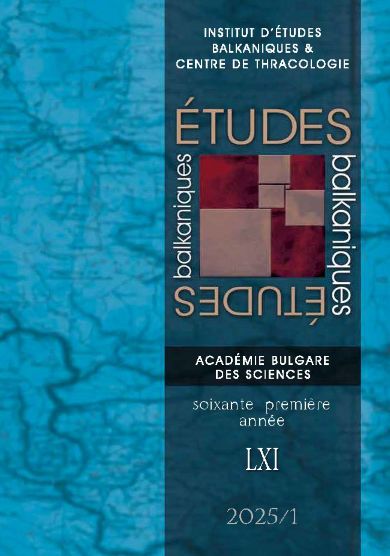THE SECRET UNDERGROUND PASSAGEWAYS IN PLISKA. PROBLEMS OF CHRONOLOGY
THE SECRET UNDERGROUND PASSAGEWAYS IN PLISKA. PROBLEMS OF CHRONOLOGY
Author(s): Andrey Aladzhov, Stanislav Stanilov, Yanko DimitrovSubject(s): History, Anthropology, Social Sciences, Archaeology, Ethnohistory, Military history, Middle Ages, 6th to 12th Centuries
Published by: Институт за балканистика с Център по тракология - Българска академия на науките
Keywords: underground passageways; Pliska; stratigraphy; urban planning; early medieval;
Summary/Abstract: This article is focused on some unique structures that are an integral part of the earliest stratigraphic horizon of the first Bulgarian capital, Pliska. Some have been thoroughly investigated, while others have been studied only partially. They are one of the most challenging structures to excavate in Pliska because of their depth (sometimes up to 3.5 m) and length (the longest are over 270 m long). Secret passages are divided into two groups depending on their original purpose. The first includes the tunnels used as emergency exits, and the second includes underground passageways that provide invisible movement between residential, representative and cult buildings. The secret passageways in Pliska are unparalleled in the early medieval town planning in the First Bulgarian Kingdom. Tunnels have not been found during the study of other early medieval urban centres on the territory of Bulgaria. They remain one of the main features of what we define today as the “Pliska Phenomenon”. Their use coincides in general with the pagan capital period (the end of the 7th century until 864 CE) of Pliska.
Journal: Études balkaniques
- Issue Year: 2025
- Issue No: 1
- Page Range: 231-254
- Page Count: 24
- Language: English
- Content File-PDF

